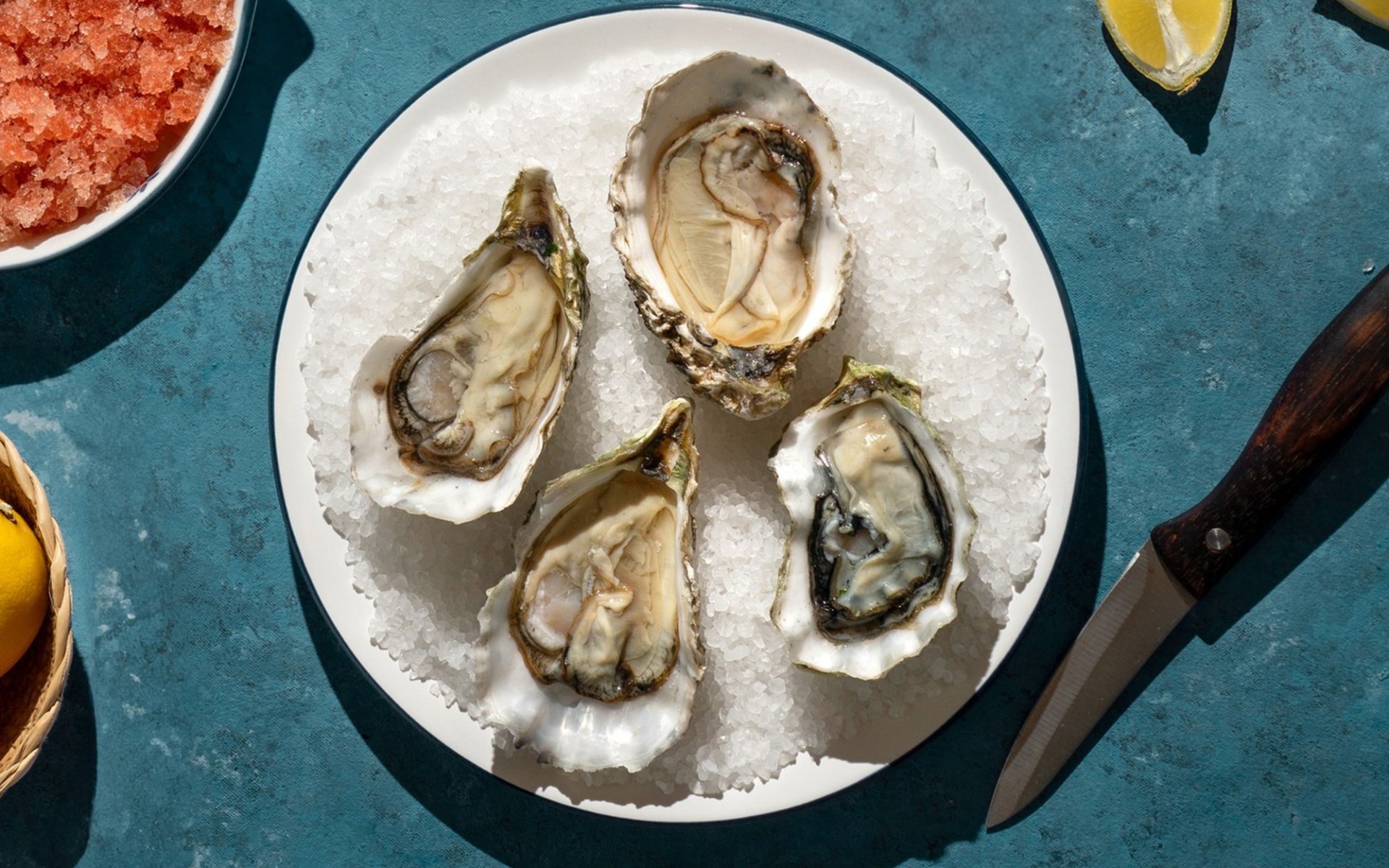Belief : Eat Oysters Only in Months with an R

Have you ever wondered why Westerners traditionally believe that the best time to eat oysters is during months with the letter R (September to April), while the remaining months without an R (May to August) are considered off-limits? Today, Rimping Supermarket will take you on a deep dive into the origins and the science behind this long-held belief.
What is the "R-month rule" and its Historical Origin?
The belief about consuming oysters exclusively in months with an R is known as the R-month rule. The "R" simply refers to the letter appearing anywhere in the English name of the month. If a month's name contains an "R," it was traditionally believed to be safe for oyster consumption.
This tradition of eating oysters during "R" months dates back to ancient times. In an era without refrigeration technology, preserving the freshness of oysters during the warm summer months was an immense challenge. Oysters are highly perishable, and without proper temperature control during transport in warm weather, they could pose health risks to consumers. For this reason, people back then preferred to eat oysters only during the autumn and spring seasons, which are the "R" months when the weather is cooler.
Scientific Explanations Behind the Belief
Beyond the challenges of transportation and spoilage, scientists have further explained the phenomena that gave rise to the R-month rule belief:
- Phytoplankton and Toxins: Scientifically, during the summer months, microscopic marine algae, or Phytoplankton, tend to multiply rapidly due to optimal temperature and sunlight. While this increase in phytoplankton serves as food for various marine animals, including oysters, it also means that some phytoplankton species can produce toxins. If oysters ingest a large amount of these toxic phytoplankton, they can become toxic to consumers, potentially causing severe illness or even death.
- Spawning Season: Scientists also discovered that summer is the oyster spawning season. During this period, oysters produce certain substances that make them less palatable compared to winter oysters. Their meat becomes softer and develops a cloudy appearance, making them less appealing for consumption.
Due to these reasons, consuming oysters during months without an "R" was generally not popular in the past.
Archaeological Evidence Supporting the Belief
In 2019, scientists uncovered significant evidence linking the belief of eating oysters in "R" months in Georgia, USA. A study found that among oyster shell middens (ancient refuse heaps) dating back over 4000 years, there were also shells of another type of marine snail called Impressed Odostome (Boonea impressa).
This marine snail is a parasite of oysters. Normally, these snails attach to oyster shells and use a specialized organ to penetrate the oyster's shell to feed on its flesh. However, if the oyster dies, these parasitic snails also die. Crucially, it was found that these parasitic snails primarily die off during the months of September to April, which means that oysters are naturally safer from this parasite during the "R" months. This archaeological evidence further reinforces that the ancient belief had a basis in natural observation.
The "R-month rule" in the Modern Era
However, the R-month rule belief may only apply to wild-caught oysters. Today, oyster farming is prevalent, allowing for controlled conditions that mitigate the aforementioned factors. This includes managing water temperature, monitoring water quality, controlling spawning cycles, and selecting oyster varieties less affected by spawning. As a result, farmed oysters can be safely consumed year-round, even outside the "R" months.
Nevertheless, these off-season oysters often come at a higher price due to the increased costs of cultivation and environmental control.


